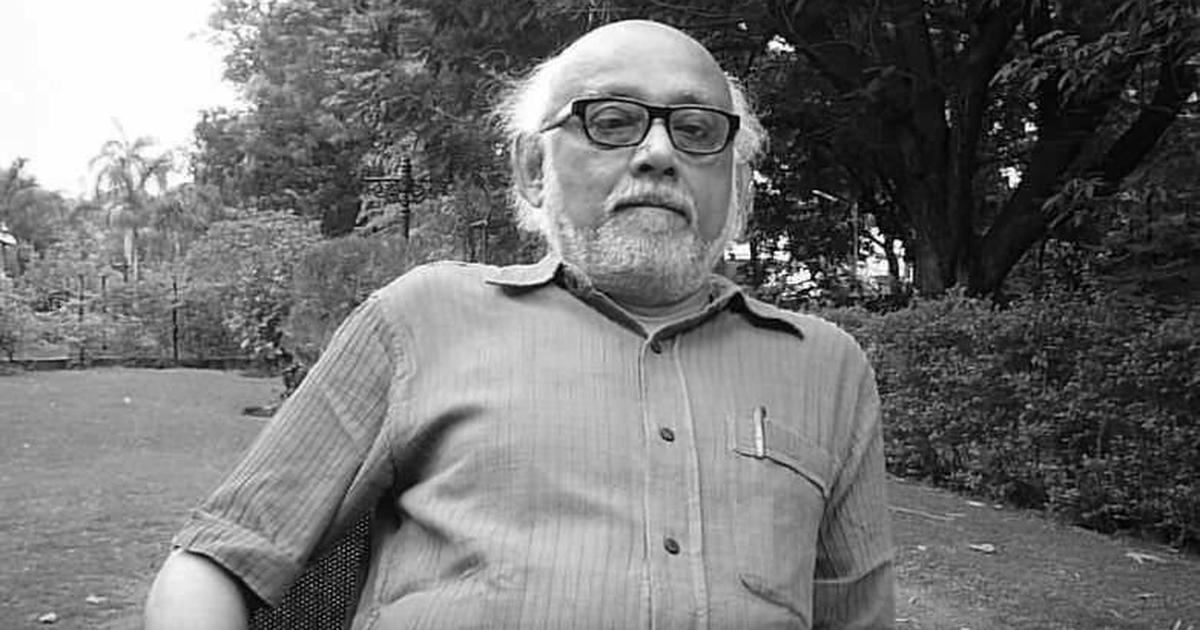Literature, icons, history: How Indian nationhood was built through local languages

Earlier analyses by political scientists tended to emphasise the compulsions of electoral mobilisation and factional power conflicts within the ruling Congress Party or the masking of communal or ethnic demands by those of language. A spate of recent research on the emergence of reading publics in the different regions of India – which came about as a result of the proliferation of printed literature in the modern Indian languages in the 19th and 20th centuries – has given us an entirely new perspective for understanding the cultural foundations of mass nationalism. We can now see that the imagination of the nation as a community of millions of people unrelated by kin or face-to-face proximity was enabled by the circulation of printed texts in newspapers, magazines, novels, government circulars, and textbooks. Poets, novelists, and playwrights performed a crucial role in creating the emotional attachment of masses of people to something they learnt to call their nation. The printed text was supplemented by the performance of songs and plays as well as the circulation of printed images. This was possible only through the medium of the standardised print vernaculars.
Consequently, the consciousness of large democratic solidarities was grounded in the regional languages. This...
Read more
News